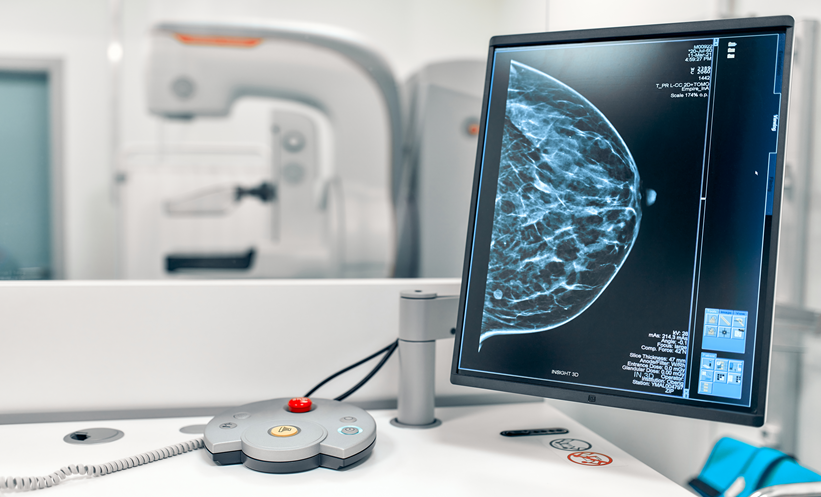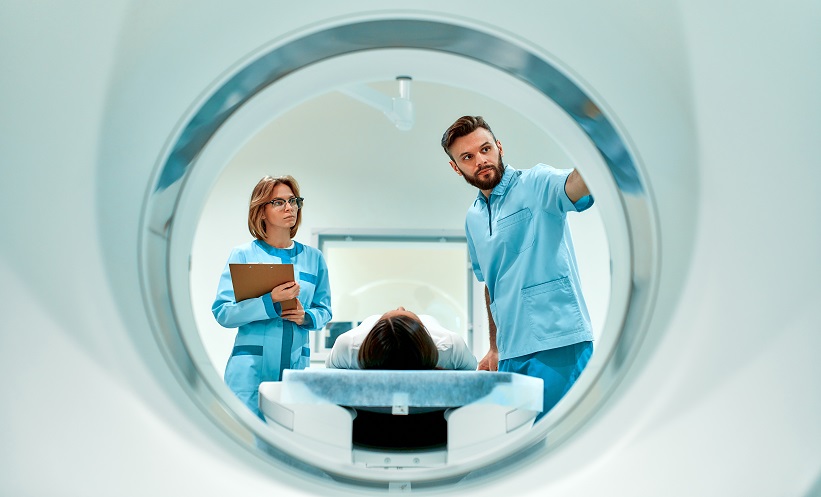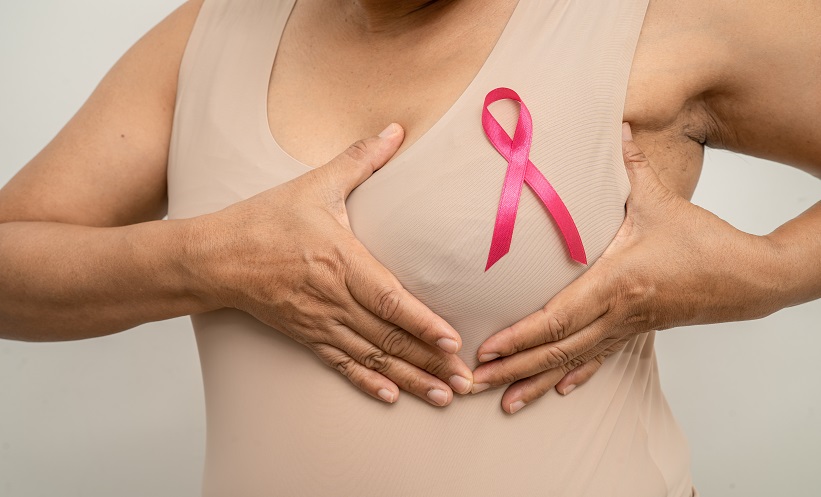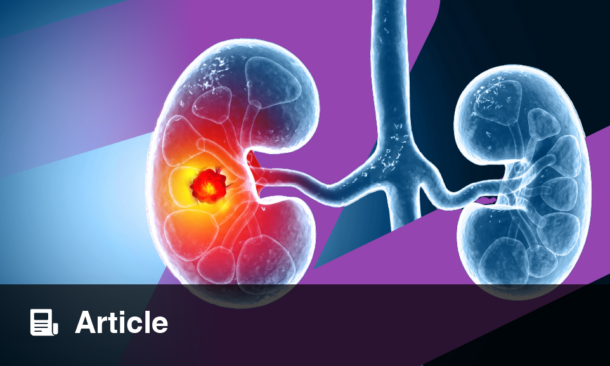A NEW study has found that an ultrafast MRI-based radiomics model performs just as well as standard MRI in classifying breast cancer subtypes and hormone receptor status, regardless of the experience level of the radiologist interpreting the scan.
The research team discovered that ultrafast MRI radiomics could accurately classify hormone receptors, HER2 status, and molecular subtypes at a level comparable to standard MRI. “Our study underscores the potential clinical utility of ultrafast MRI radiomics in breast cancer classification, irrespective of readers’ experience levels,” the authors wrote.
Ultrafast MRI provides a higher temporal resolution than standard MRI, allowing for shorter scan times and improved assessment of tumour kinetics. Researchers noted that it enhances lesion visibility by capturing cancer enhancement before background enhancement occurs. The modality also provides key data on time to enhancement (TTE), maximum slope, and wash-in slope.
Previous studies have suggested that MRI-based radiomics models can accurately predict a complete pathological response to breast cancer treatment. By systematically analysing imaging features, radiomics models can overcome the limitations of subjective assessment and variability based on radiologists’ experience.
The prospective study enrolled 225 women with 233 cases of breast cancer before treatment between 2021 and 2022. Two radiologists—a breast imaging specialist with 24 years of experience and a radiology resident with two years of experience—performed tumour segmentation on MRI scans. The team extracted 1,618 radiomic features and four kinetic features from both ultrafast and standard MRI images. Using statistical modelling, they found that the ultrafast MRI model outperformed the standard MRI model in predicting HER2 status and classifying breast cancer subtypes, while both methods performed similarly in predicting hormone receptors.
The study concluded that ultrafast MRI radiomics is a promising, non-invasive tool for breast cancer classification.
“These approaches offer advantages in scan time and lesion conspicuity, addressing some of the challenges posed by standard MRI,” the researchers stated.
Victoria Antoniou, EMJ
Reference
Jeong J et al. Superior performance in classification of breast cancer molecular subtype and histological factors by radiomics based on ultrafast MRI over standard MRI: evidence from a prospective study. Radiol Med. 2025;DOI:10.1007/s11547-025-01956-6.








